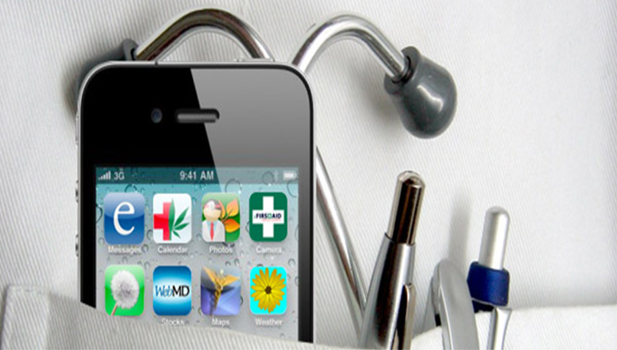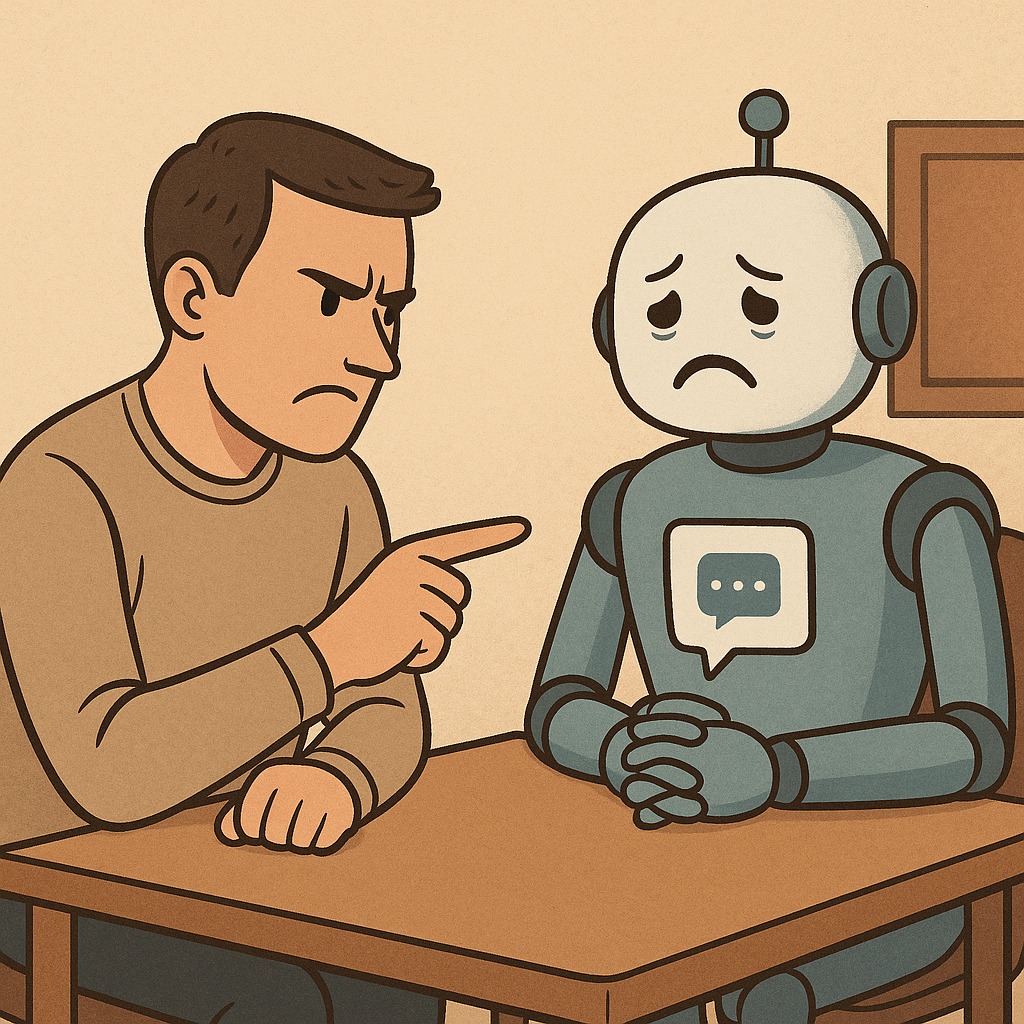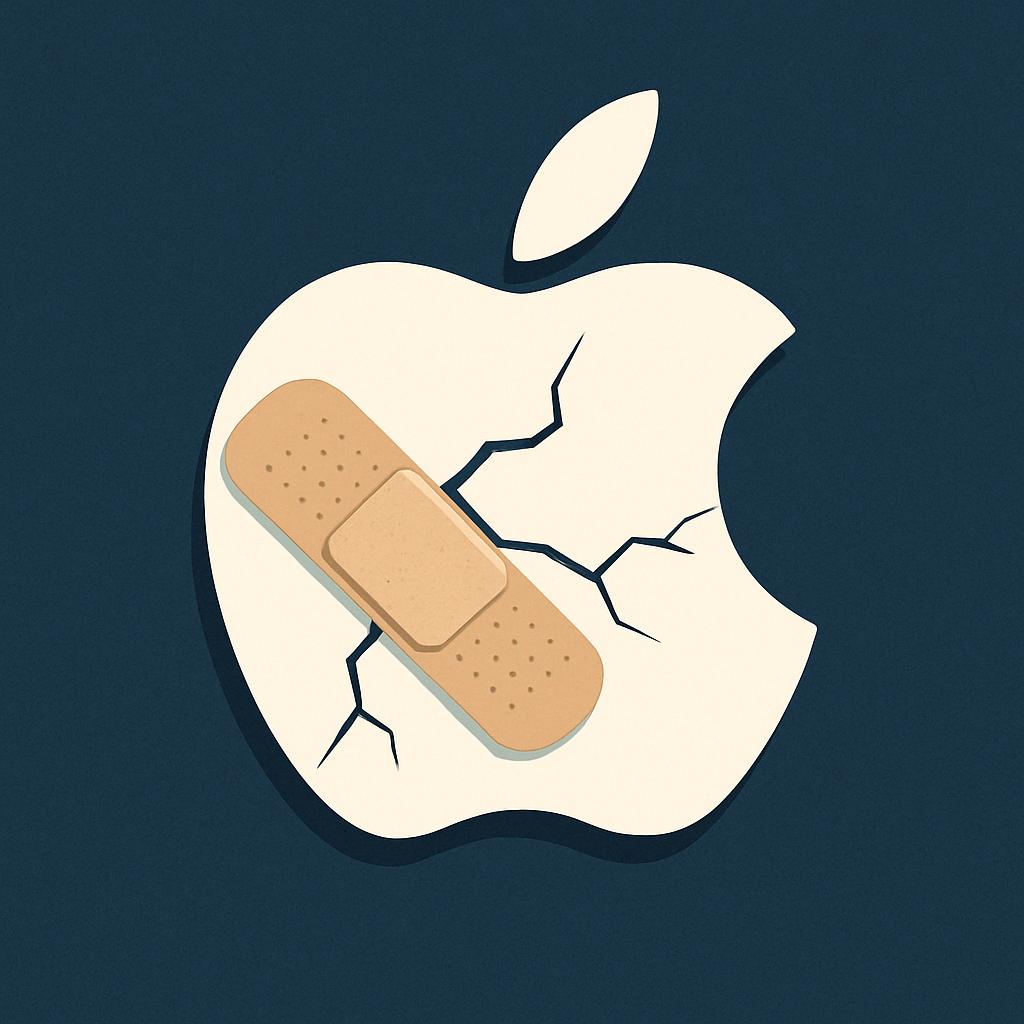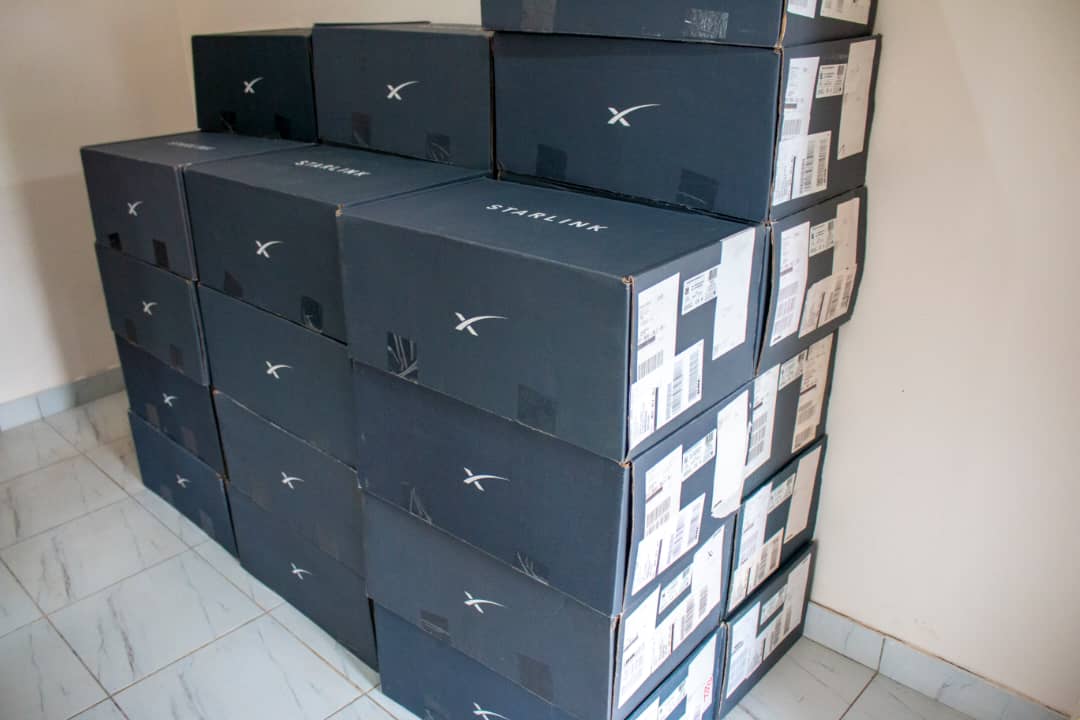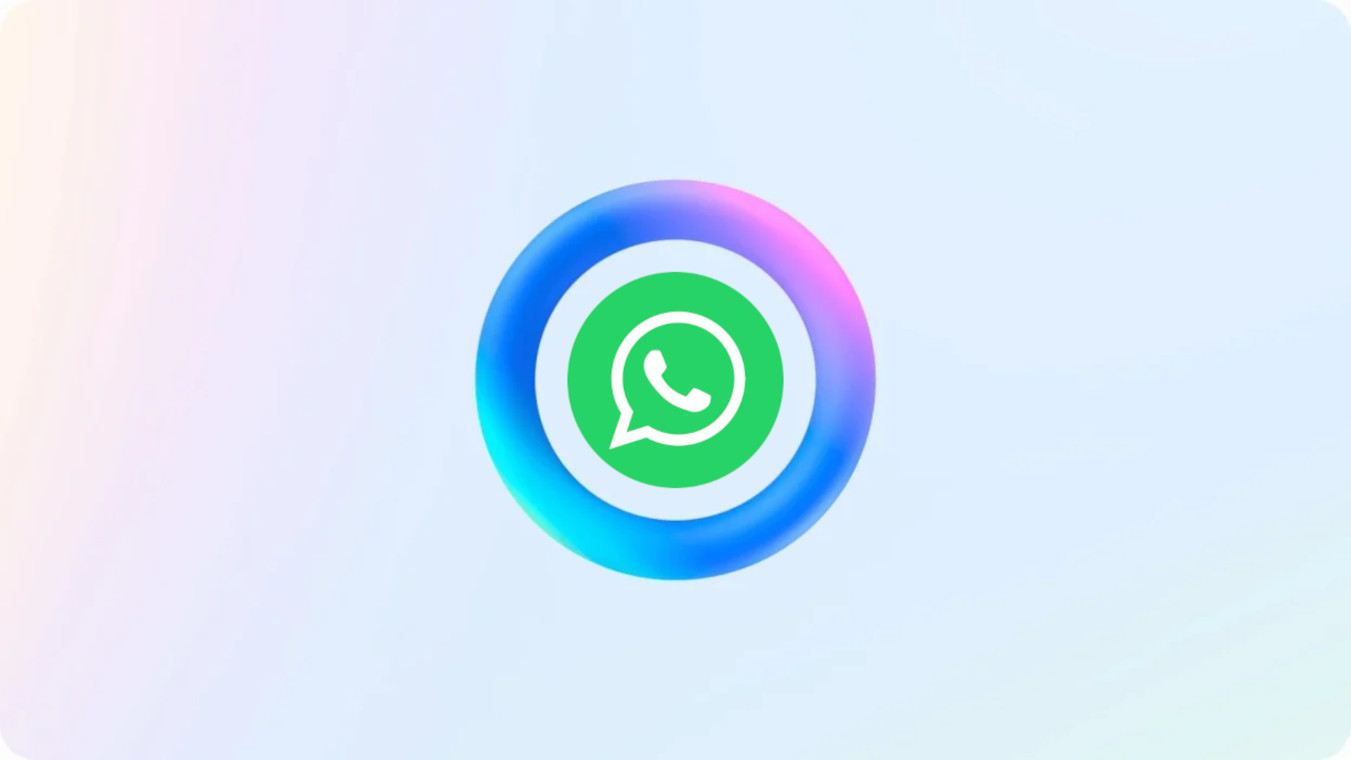The relationship between technology and medicine has always been reciprocal. From the invention of the microscope to the discovery of X-rays, technology has enhanced medicine. Conversely, necessity is the mother of all invention and medicine is a field of never ending necessities.
In the modern day Hippocrates’ white coat we will find the indispensable pen usually accompanied by the ubiquitous symbol of the trade, the stethoscope. But lately there has been a new candidate featuring; the smart phone!
Mobile technology is bringing unprecedented convenience to medical practice. The development of mobile phone application software has brought highly specialised functionality to the phone.
It has been often said that whoever you are, and whatever you do, there is an app for you. That adage is particularly true if one is in the health profession.
Being young modern doctors we decided to explore this further. Considering the day to day demands of our profession we realised at least 5 areas in which mobile technology is and can have an impact on medical practice:
- Point of care: Attending to a patient means the task of arriving at a diagnosis and treatment plan ASAP. There is a range of point of care apps that assist with quick drug information, disease and procedure reference.
Whether it be for a brief glance during a ward round or for an in depth study of a particular condition, Medscape has become doctors first port of call with a worldwide active subscription base in excess of 4 million. No wonder why it is said to be worth $3 billion dollars! Besides Medscape there also other great apps such as Epocrates and the more comprehensive Omnio
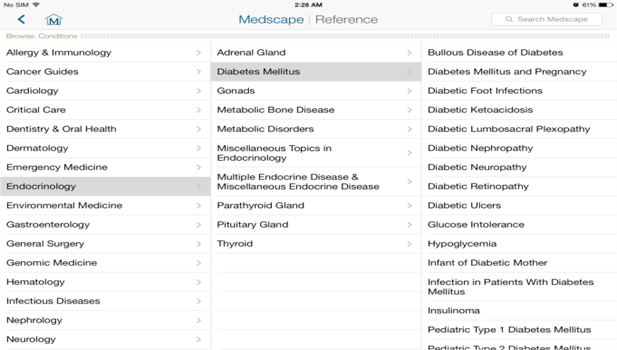
- Staying Current: Being a health practitioner, more so in the 21st century, it behooves one to constantly acquire new information. It is a field of constant research and review of treatment guidelines. To keep up to date, people traditionally subscribe to paperback international journals with pricey annual subscriptions of at least $120.
Read by QxMD is an app that offers ‘one touch’ access to journals and topic review articles, for free. It sends email notifications of search results on any topic, on a daily basis. This is just one of the many apps of this nature. A registrar (doctor in specialist training) with a smartphone in his pocket can just be as up to date as his/her colleagues at Mayo clinic or Kings College! At receiving the news of such convenience one specialist surgeon declared that it is now easier for anyone to become a professor!
- Patient education. Each profession is endowed with its own set of jargon. Medicine is no stranger to this, as some doctors certainly write using their own alphabet! This becomes a communication barrier. Patient education then becomes a vital arrow in the doctor’s quiver to arm his/her patients with information not only about medical procedures but about healthy lifestyle choices.
Applications are now available which can offer visual aids to really explain what has gone awry when someone has had a stroke or why it is now important to remove your uncle’s prostate. There is an opportunity for the development of apps that do this using vernacular languages.
- Networking. Social media led to the Arab spring and locally it led to a manhunt of Baba Jukwa. Even something as simple as WhatsApp can lead to a revolution in medical care. Students and professionals are currently using it to stay connected in various groups. However more could be achieved with this.
A newly diagnosed diabetic patient could for example be offered to join a WhatsApp group with other diabetics that would be administrated by their doctor. Imagine the convenience that brings. They could discuss about drug prices, side effects, dietary practices and generally support each other in their common ailment.
- Access to Health Records. The private sector is implementing the Electronic Health Record system. The government sector is making strides towards achieving that too. Generally these electronic records are accessed via desktops and laptops.
However smart devices bring the convenience of mobility. It is now possible to access patients’ medical records on the go. Locally, with development of digital X-rays and scans a doctor can review a result from a place of convenience without having to drive in to the hospital. A treatment plan can then be devised sooner without need for one to squint their eyes in attempt at reading an X-ray in the backdrop of sunlight!
While all these solutions are being developed for use on a global scale there is room for local developers and startups to explore the possibility of home grown solutions that provide relief for local medical practitioners.
This is just a glimpse of the landscape. I hope with this you can begin to imagine the convenience that mobile technology solutions bring to the practice of medicine in the 21st century.
This article was written by Dr Marlon-Ralph Nyakabau and Dr Kudzayi Kutywayo. The two are keen on demonstrating the opportunities for local tech entrepreneurs in the provision of solutions that can improve service delivery in the Zimbabwean medical field.
Dr Marlon-Ralph Nyakabau (MBChB) is young medical doctor who has conducted lectures before various esteemed professional bodies of doctors on the aspect of mobile medicine. He is an entrepreneur recently recognised as a 2014 Mandela Washington Fellow. You can contact him on marlonralph2@yahoo.com
Dr Kudzayi Kutywayo (MBCHB) is a young medical doctor with an interest in the pursuit of medical excellence and bringing convenience to everyday practice of medicine through technology. You can contact him on kudzayikutywayo@yahoo.com
Image credit: chlibrarynews.wordpress.com
